Using and mixing patterns in interior design can add depth, character, and visual interest to a space. However, it requires careful consideration and balance to create a cohesive and harmonious design. Here's a guide to help you effectively use and mix patterns in your interior design:
Start with a Neutral Base: Begin with a neutral color palette for the larger elements in the room, such as walls, furniture, and flooring. Neutral tones provide a calming backdrop and allow patterns to stand out without overwhelming the space
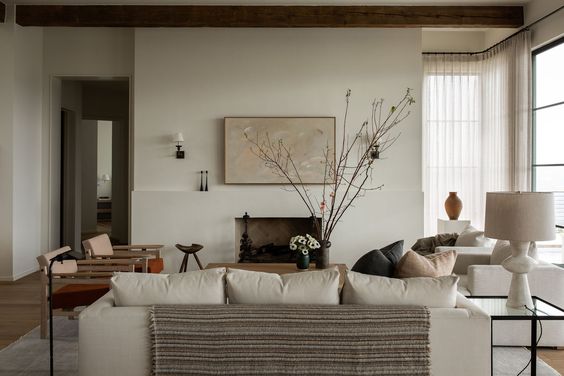
Choose a Dominant Pattern: Select one dominant pattern that will be the focal point of the room. This pattern should be bold and eye-catching. It could be on a large piece of furniture, drapes, or an accent wall
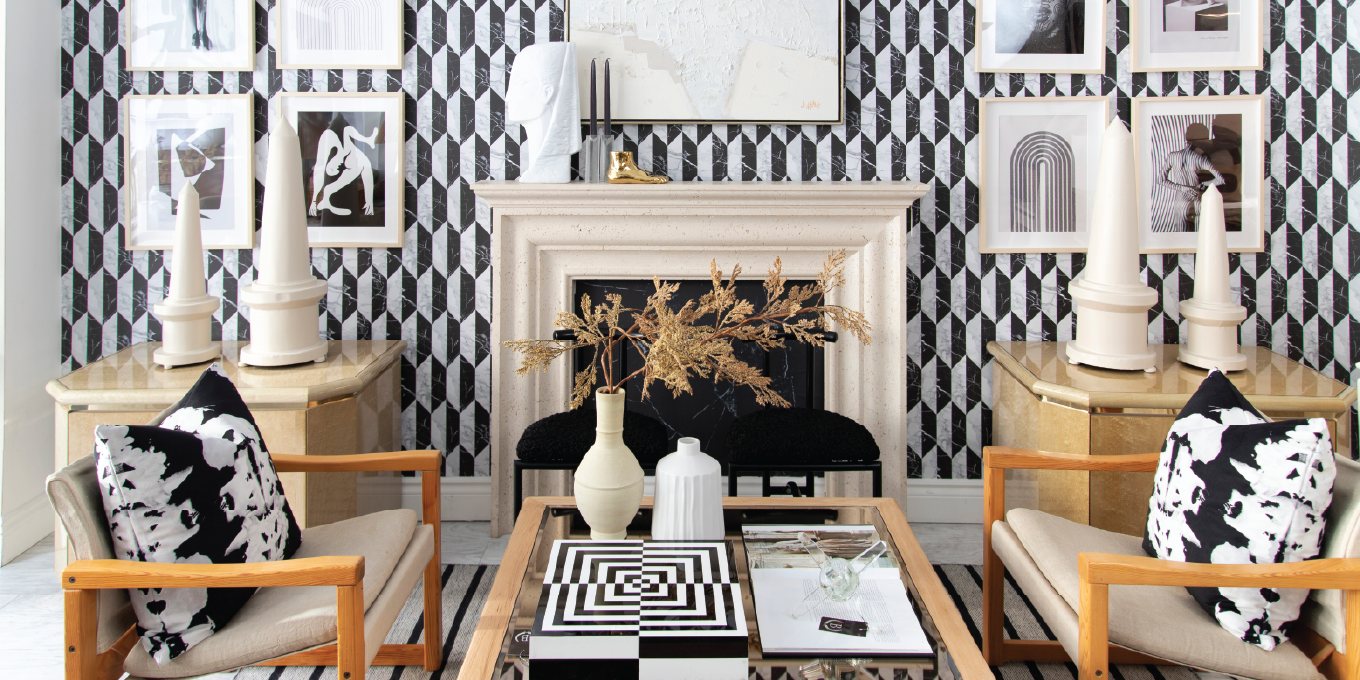
Scale and Proportion: Consider the scale and proportion of the patterns you choose. Aim for a mix of small, medium, and large-scale patterns to create a balanced look. Mixing patterns of similar scale often works better than combining vastly different ones

Color Coordination: Ensure that the patterns you choose share a common color or have complementary colors. This helps tie the various patterns together and prevents them from clashing
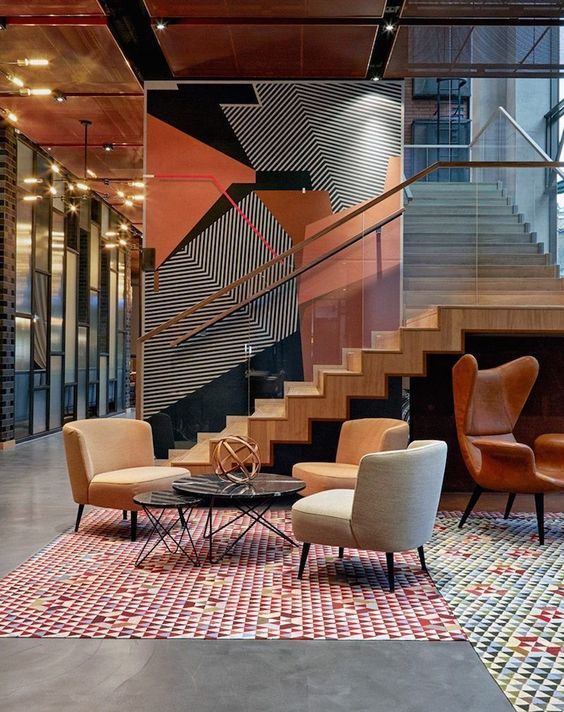
Use the 60-30-10 Rule: Apply the 60-30-10 rule for color distribution. Use the dominant pattern on about 60% of the space, a secondary pattern on 30%, and a third pattern on 10%. This will maintain a harmonious balance and prevent the space from feeling too busy

Mix Different Types of Patterns: Combine different types of patterns to add variety and interest. Some common pattern types include florals, stripes, geometric shapes, polka dots, and abstract designs. Mixing these diverse patterns adds depth to the overall design

Consider Texture: Texture is an essential element when working with patterns. Combine
patterns with varying textures to add richness and dimension to the space

Solid Colors as Buffer: Introduce solid-colored elements or negative spaces between patterns to provide a visual break and prevent the room from feeling overwhelming

Stay Within a Theme: Stick to a particular theme or style to ensure a cohesive look. For example, if you're going for a bohemian style, mix patterns that evoke that vibe
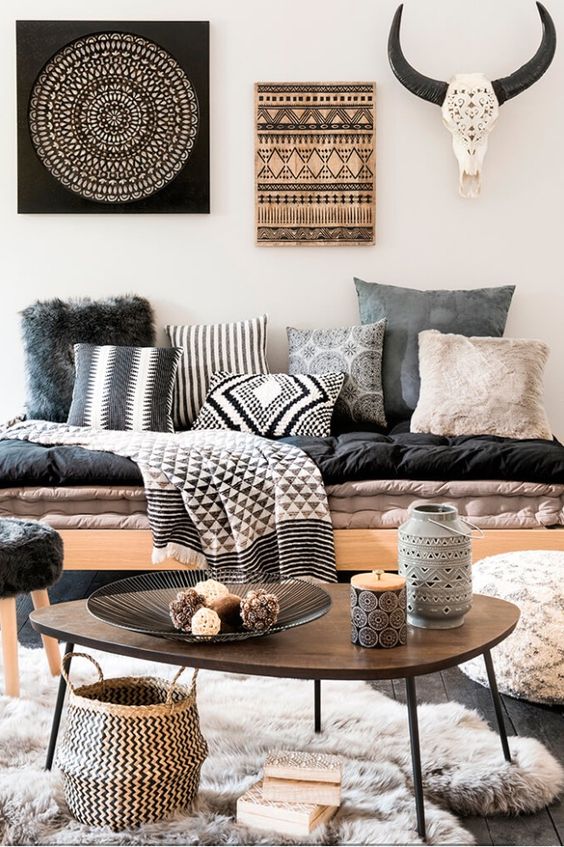
Test with Samples: Before committing to large patterned elements, test your pattern mix with samples. Gather swatches or small pieces of patterned fabrics to see how they look together
Layering: Layer patterns throughout the room using various elements like rugs, throw pillows, curtains, and artwork. Layering patterns creates depth and visual interest

Edit and Simplify: Don't be afraid to edit and simplify if the patterns start to overwhelm the space. Sometimes, less is more, and removing or replacing certain patterns can create a better balance

Personal Taste: Ultimately, trust your instincts and personal taste when mixing patterns. Design is subjective, and your preferences play a significant role in creating a space that feels comfortable and visually appealing to you
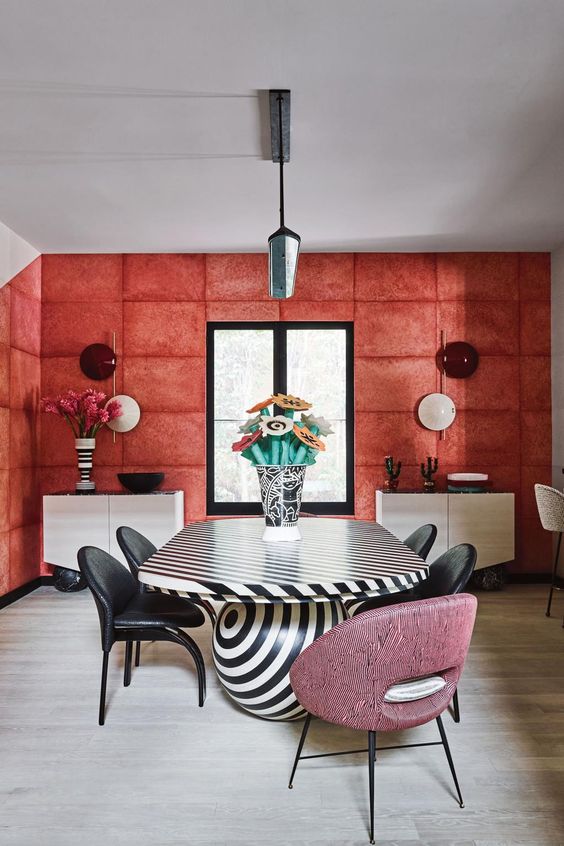
Remember that mastering the art of mixing patterns takes practice. Start with smaller rooms or spaces before tackling larger areas, and don't be afraid to experiment and have fun with your interior design!










